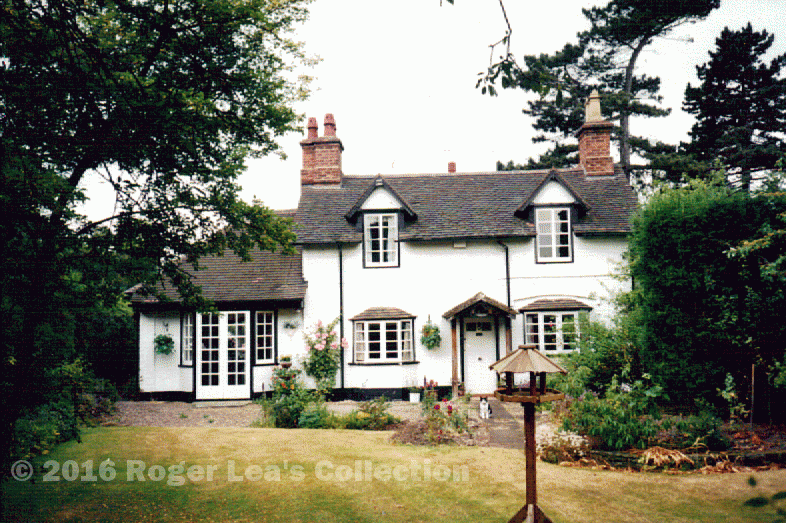Vagrancy was rife in sixteenth century England. A law was made making it an offence to give shelter to vagrants, enforced locally in the Sutton Coldfield Court Leet in 1554 - “And that no inhabitant receive any vagrants in their houses, and if anyone has any such vagrants they move them out before the feast of the Annunciation of the Blessed Mary Virgin next to come or else be fined 6s. 8d.” The court enforced the law, fining Alice Northall in 1567 and Susannah Smythe in 1581 for taking pity on vagrant women who were pregnant. In 1594 the court repeated the vagrancy order, increasing the fine to £2.00.
Bishop Vesey treated vagrants differently, setting them to work as labourers for a small wage, and this approach to the problem was generally adopted in Sutton in spite of the fines imposed by the court. Sutton had very extensive commons, and a clause in the Town Charter of 1528 specifically encouraged newcomers to build houses on common land. By the 1670s there were over 100 cottages in Sutton, many of them tumble-down squatter’s shacks on the commons whose inmates depended on poor relief.
Cottagers paid a small rent to the Warden and Society, and occasionally repairs were done, as in 1733 when a poor widow’s cottage was rethatched, but the status of the cottages on the commons was uncertain. The Warden in 1721, Thomas Honeybourne, had started to evict the tenants of the worst cottages and pull them down, but he found to his cost that the cottagers could prove their right to live there, and his attempts failed.
The Warden and Society became the legal owners of all the cottages on the commons under the Enclosure Act of 1824. The cottages were now properly managed by a committee of the Warden and society, and were put into good repair. For example, in 1830 it was resolved “that the cottage at Four Oaks occupied by Pickerill be rebuilt on a new site in front of the old one. That Mr. Solomon Smith do the carpenter’s work and superintend the whole…John Pratt do the brickwork and W. Brown do the glazing.” Many of the old cottages have since been demolished, and those that survive have been extended and improved by their private owners.
